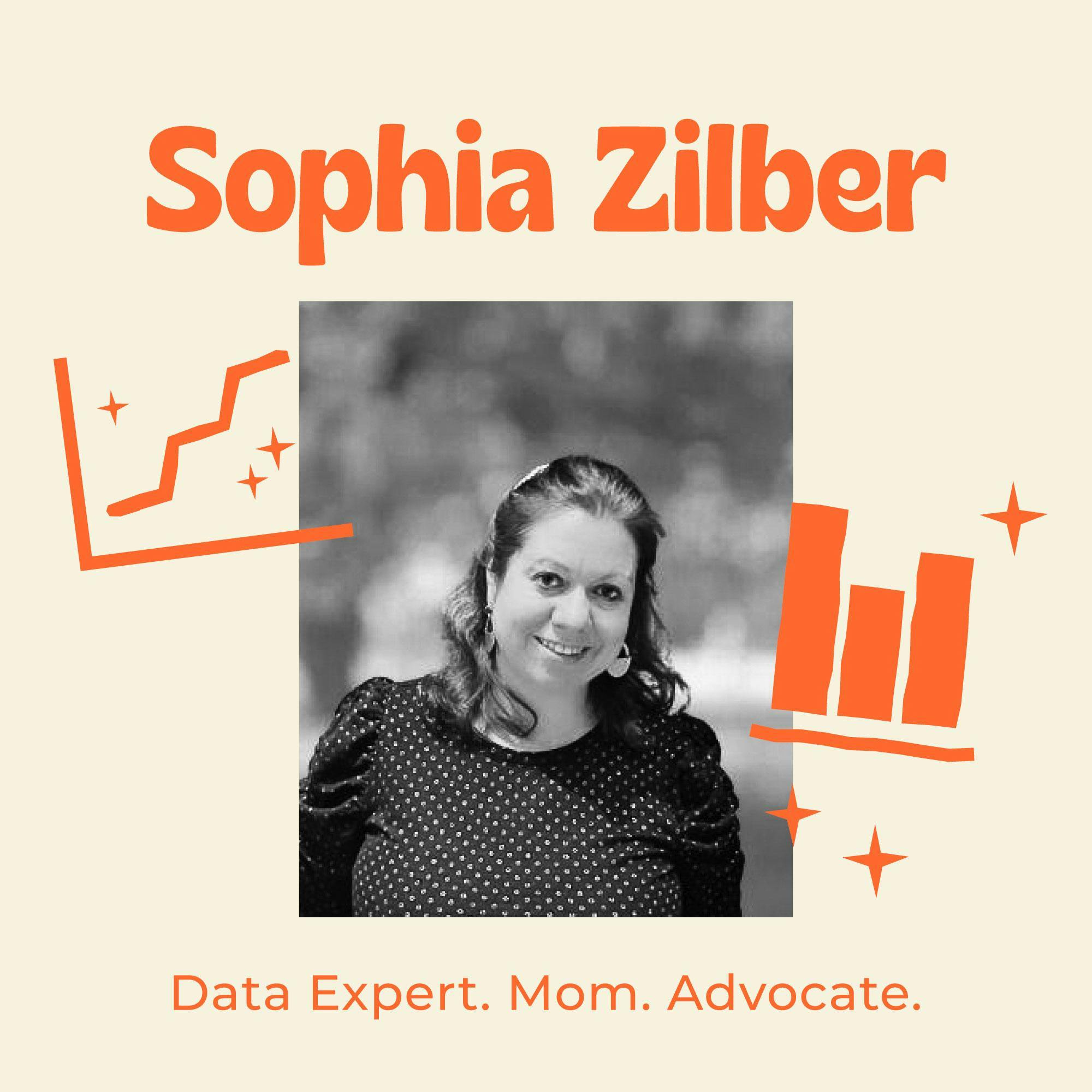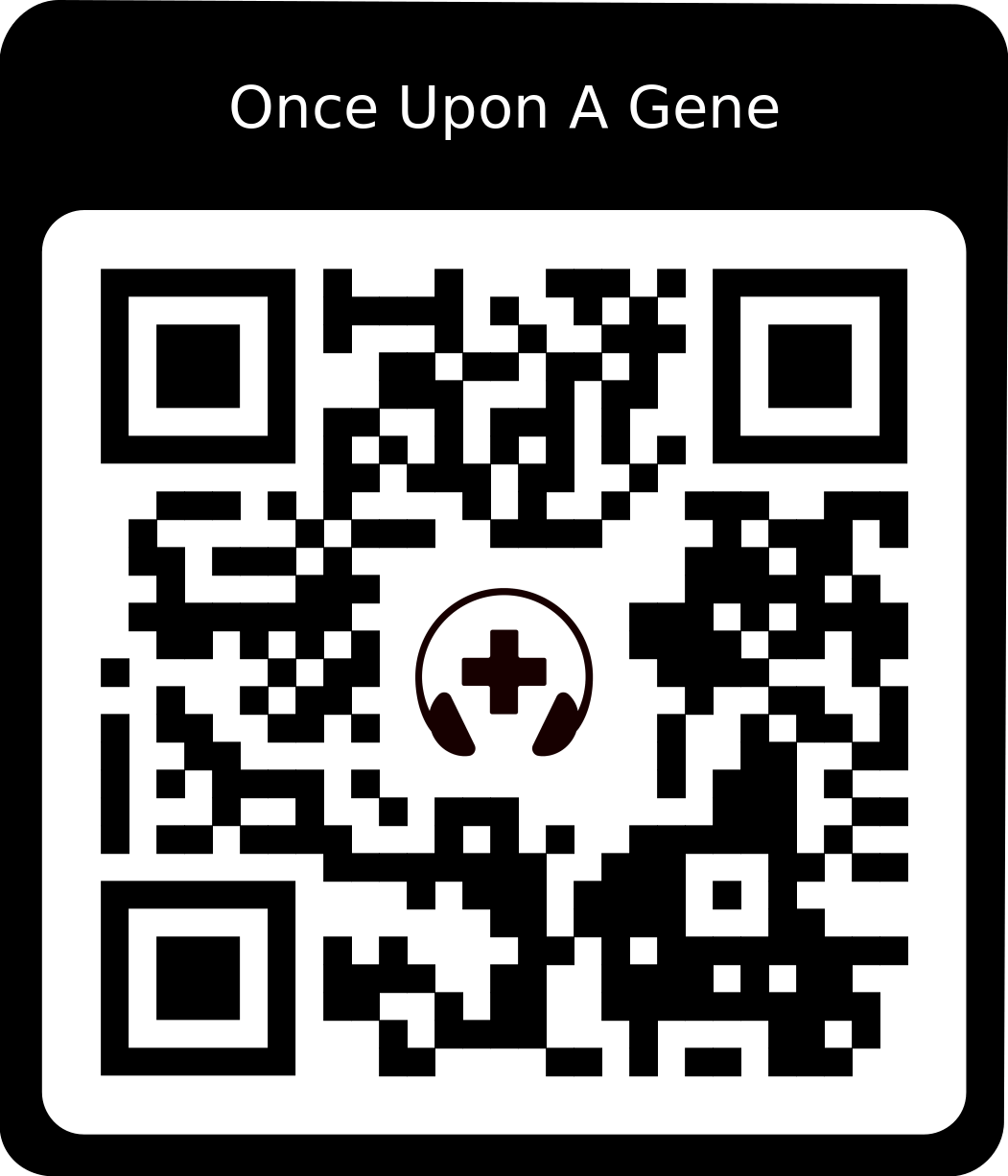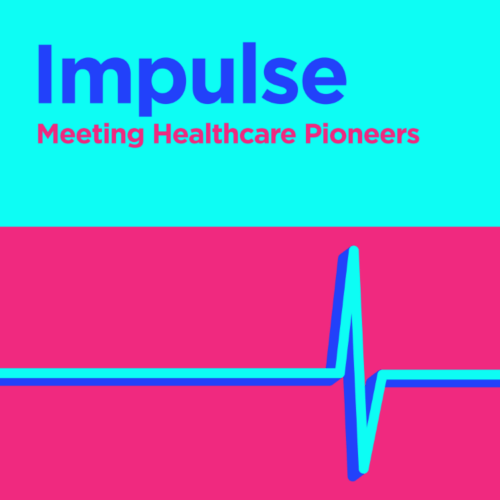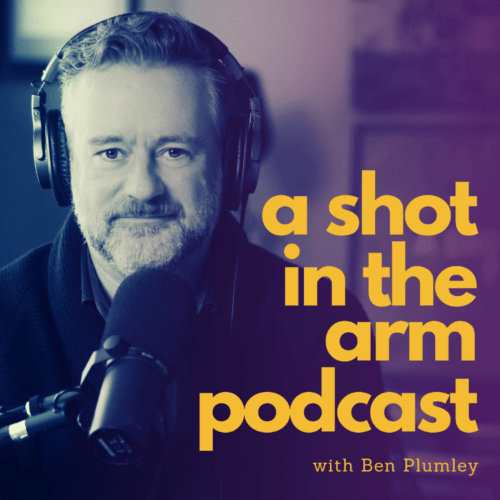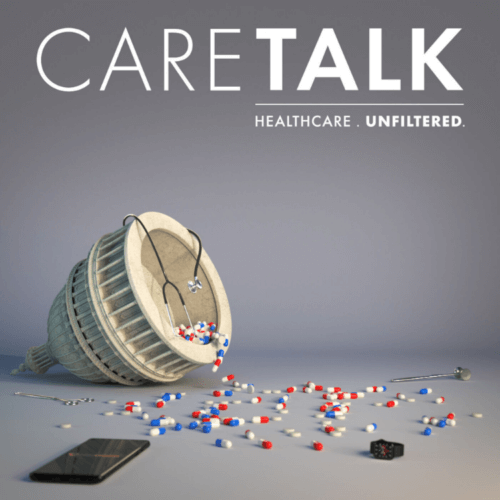A Guide for Rare Disease Patient Advocacy Groups – Choosing and Designing a Patient Registry with Sophia Zilber
ONCE UPON A GENE – EPISODE 194
A Guide for Rare Disease Patient Advocacy Groups – Choosing and Designing a Patient Registry with Sophia Zilber
Sophia Zilber has 28 years of experience in the pharmaceutical industry and she’s a patient registry expert, volunteering her expertise to help the rare disease community in memory of her daughter who died from a mitochondrial disease called Leigh’s syndrome.
EPISODE HIGHLIGHTS
Can you tell us about yourself and your experience as a rare mom?
My personal experience with rare disease started 6 years ago when my daughter was born with Leigh’s syndrome. She became very sick at about three weeks old and she died a month later. Professionally, I work in data analysis for clinical trials in the pharmaceutical industry. Since the loss of my daughter, I have used my knowledge to help with patient registry data. I’m also currently on the board for the Cure Mito Foundation.
What is a patient registry?
A patient registry is a collection of data that describes a specific disease which can be used for purposes such as clinical trials, research on the disease, understanding a disease burden, examining how people use the healthcare system or to look at the natural history of the disease. There are many valuable reasons to have a patient registry.
How do you determine the most valuable information to include in a patient registry?
Understand the scope and what your group can realistically achieve. Think about what you want to get out of the registry, whether or not the data is accessible, if you want to recruit patients for clinical trials or if you will share insights with the community.
For small groups without money, how do they start a registry?
When it comes to data, less is more. If you have a smaller data set with information relevant to the disease that shows specific findings about the disease, the quality of the data will be better. I recommend that every group has an advisor who can analyze the data dictionary, assess and understand it, and advise the appropriate format of the data based on the goals of the group. When you have data available in a good format, you can share insights and use the registry to advance the group’s goals, and it doesn’t have to cost a lot.
What advice do you have for groups who have a registry, but don’t know what to do with it?
Don’t wait for researchers to take interest in the data because there’s a lot you can do with it on your own. If you have data you can access and draw insights from, share that within the community to raise awareness. Print posters and share them at conferences. If you have the resources, write a paper to distribute. Make sure companies who do clinical trials know you have a registry. Know your data because the better you know your data, the more others will see the value in your findings. When you use your registry to show a community standing together, there’s more interest in studying your disease.
LINKS & RESOURCES MENTIONED
2023 Global Genes Week in RARE
https://globalgenes.org/week-in-rare/
https://www.linkedin.com/in/sophiazilber
Patient Foundations Guide to Starting a Registry:
Patient Registry Transparency Checklist for Patient Foundations:
Myths vs. Facts about Patient Registries:
Interested in advertising on Once Upon a Gene? Email advertising@bloodstreammedia.com for more information!
